22 Famous Actors In Roles That Would Get Absolutely Canceled Today
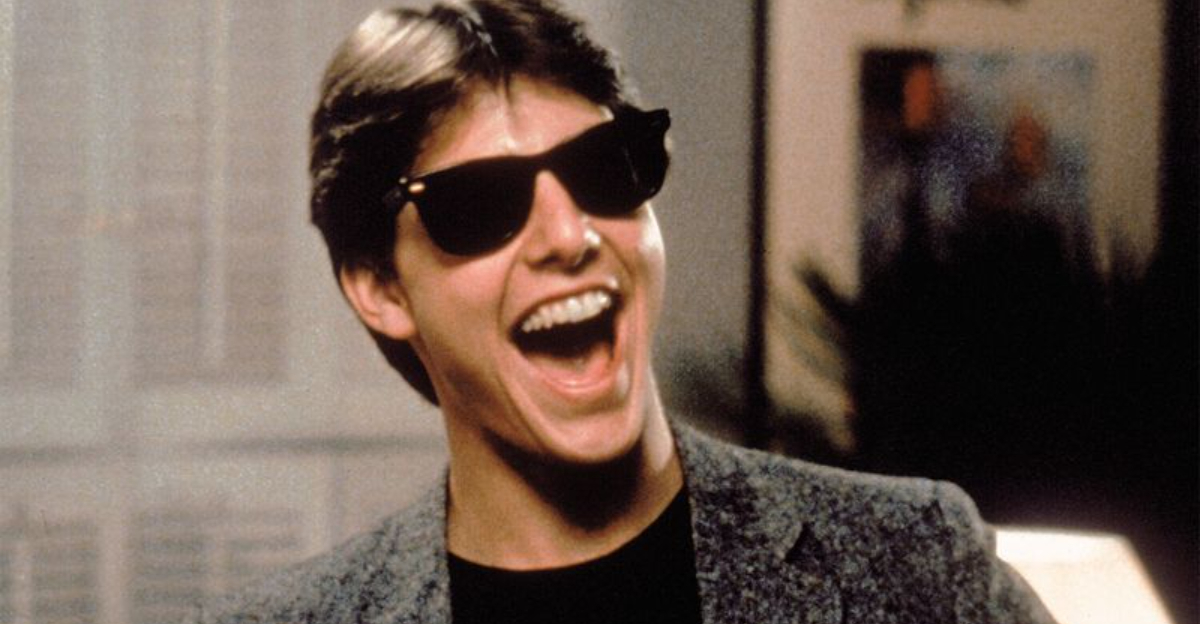
Hollywood has always had a complicated and often problematic relationship with casting and representation.
As someone who loves film, I’ve been fascinated by how our cultural standards and perceptions evolve over time—especially when revisiting movies I adored growing up. What once passed as entertainment or even critical acclaim is now, in many cases, reevaluated through a much more critical and inclusive lens.
Some performances that were once celebrated now feel uncomfortable or even offensive, highlighting how far we’ve come—and how far we still have to go.
These actors took on roles that mirrored the social attitudes and industry norms of their time, but if cast in the same way today, those choices would likely spark immediate and widespread backlash.
1. Mickey Rooney’s Cringe-Worthy Mr. Yunioshi
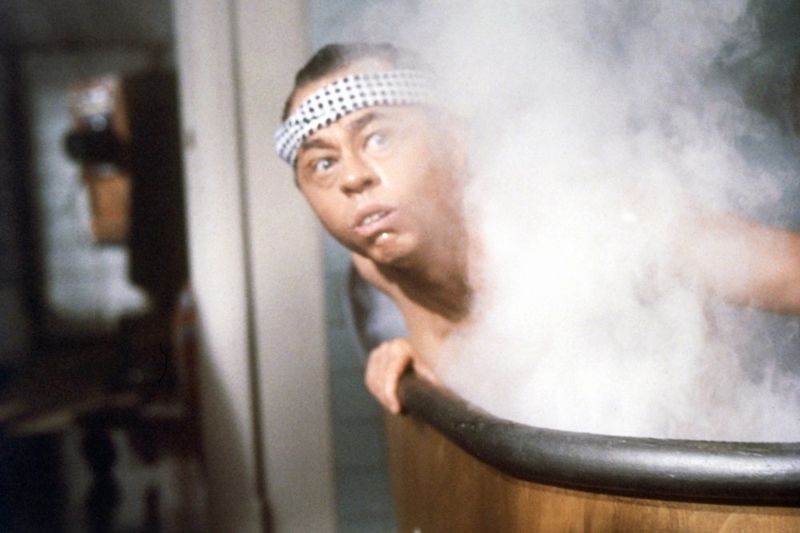
The first time I watched Breakfast at Tiffany’s, I literally gasped at Mickey Rooney’s portrayal of Mr. Yunioshi. Rooney, a white actor, wore prosthetics to create slanted eyes and fake teeth while speaking in an exaggerated accent.
His performance relied on every offensive Asian stereotype imaginable. What’s particularly shocking is how this character existed in an otherwise sophisticated film.
Even Rooney later expressed regret about the role. This performance stands as perhaps the most notorious example of yellowface in cinema history, a painful reminder of Hollywood’s insensitive past.
2. Laurence Olivier’s Blackface Othello
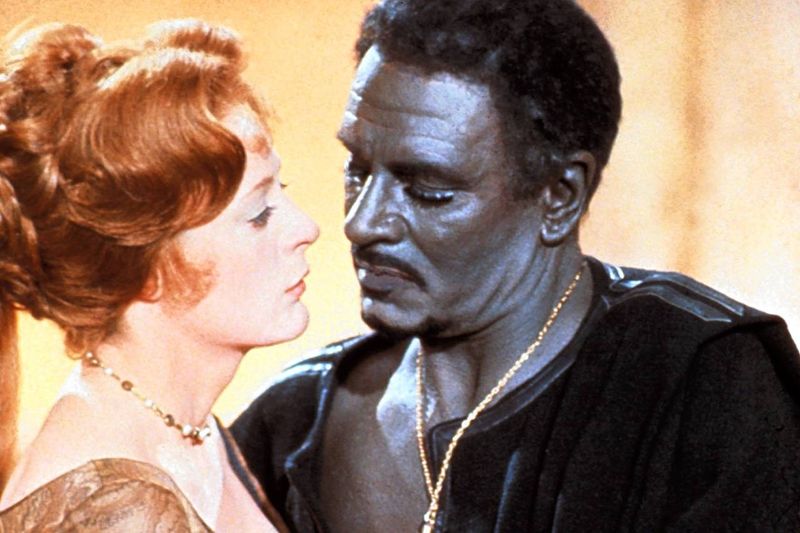
Olivier’s 1965 portrayal of Shakespeare’s Moor left my jaw on the floor when I first saw it in film class. The acclaimed British actor darkened his skin with shoe polish and adopted an exaggerated deep voice that bordered on caricature.
Though nominated for an Oscar at the time, this performance epitomizes the problematic tradition of blackface. What’s particularly uncomfortable is how his makeup sometimes appears to be melting during the film.
Despite Olivier’s undeniable talent, this role represents everything wrong with casting practices that denied opportunities to actors of color while perpetuating harmful stereotypes.
3. John Wayne’s Bizarre Genghis Khan
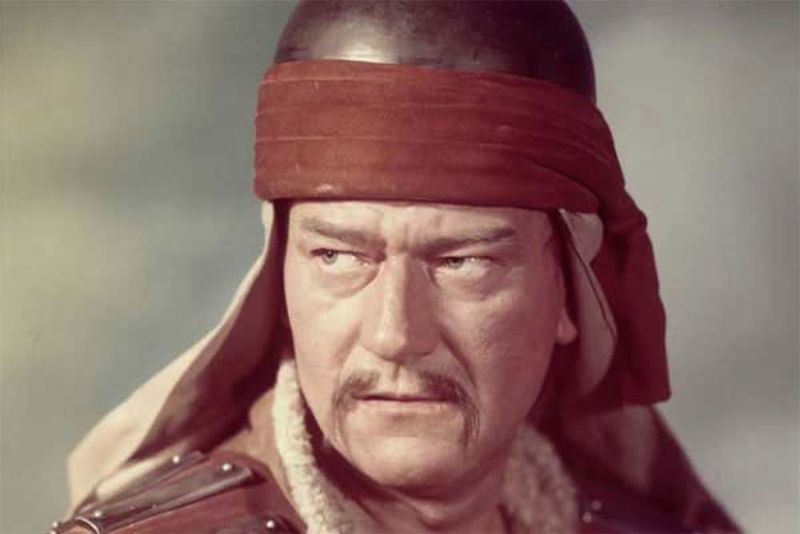
Nothing prepared me for the shock of seeing all-American cowboy John Wayne playing the Mongolian warlord Genghis Khan in The Conqueror. Wayne made zero effort to alter his distinctive drawl, essentially playing the character as a cowboy in Asian clothing.
The film’s production was equally troubling. Shot downwind from nuclear test sites in Utah, many cast and crew later died of cancer.
Beyond the whitewashing, Wayne’s performance is simply bizarre – his trademark squint and swagger completely at odds with the historical figure. This miscasting stands as one of Hollywood’s most egregious examples of cultural insensitivity.
4. Emma Stone’s Hawaiian-Asian Character Controversy
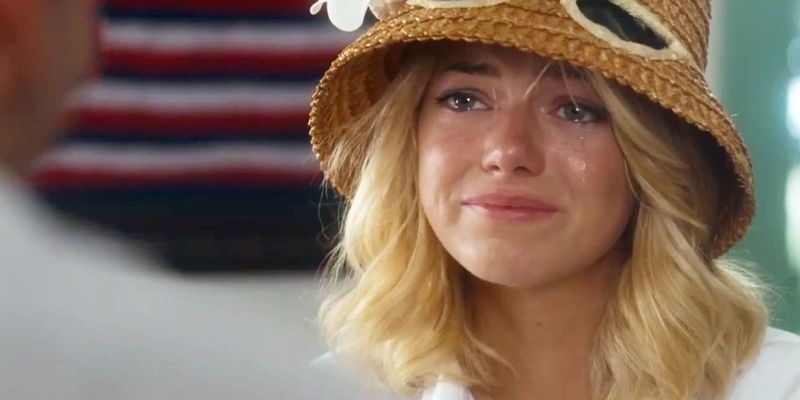
I remember the collective facepalm when Emma Stone was cast as Allison Ng – a character explicitly described as one-quarter Chinese, one-quarter Hawaiian, and one-quarter Native Hawaiian – in Aloha. Stone, with her pale skin and red hair, couldn’t have been further from the character’s description.
Director Cameron Crowe eventually apologized for the casting decision. The film became a flashpoint in discussions about Hollywood’s erasure of Asian and Pacific Islander representation.
What makes this case particularly notable is that it happened in 2015, when audiences were already actively calling out whitewashing in the industry.
5. Scarlett Johansson’s Ghost in the Shell Controversy
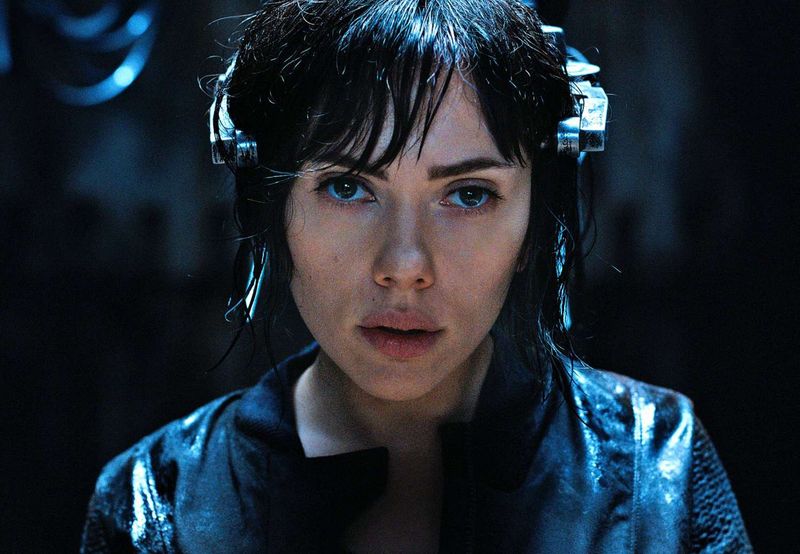
Watching ScarJo take on the iconic role of Major Motoko Kusanagi left me feeling deeply uncomfortable. The original character from the beloved manga and anime is distinctly Japanese, yet Hollywood decided a white actress should play her.
The film even reportedly tested visual effects to make Johansson appear more Asian – a revelation that only intensified the backlash. The controversy overshadowed the actual movie release.
This casting choice became a perfect case study in how studios often prioritize star power over authentic representation, despite the wealth of talented Asian actresses who could have brought this character to life.
6. Jake Gyllenhaal’s Prince of Persia Misstep
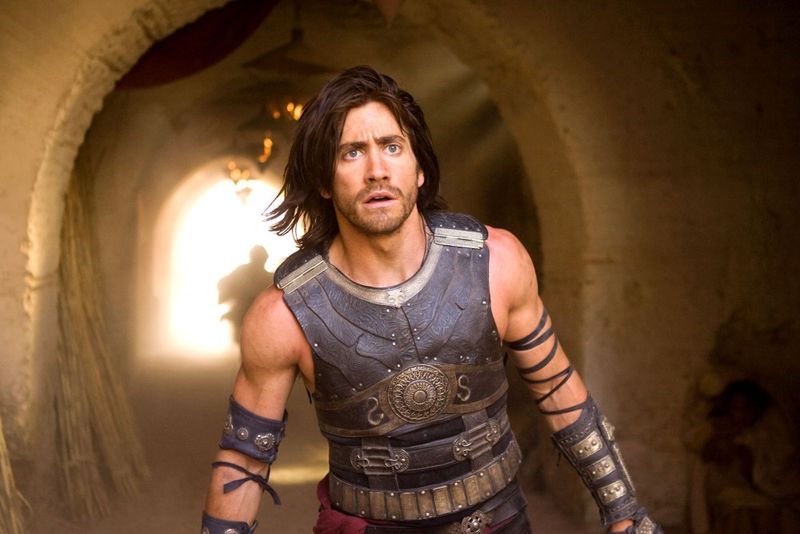
When I first saw posters for Prince of Persia, I couldn’t believe Hollywood had cast Jake Gyllenhaal – about as Persian as apple pie – as the lead in a film set in ancient Iran. His artificially darkened skin and attempt at an accent only made things worse.
The film exemplifies Hollywood’s long tradition of casting white actors in Middle Eastern roles. What’s particularly frustrating is that this happened in 2010, when studios should have known better.
Despite a massive budget and Disney backing, the film flopped both critically and commercially. Perhaps audiences were already growing tired of such blatant ethnic miscasting.
7. Angelina Jolie’s Controversial Portrayal of Mariane Pearl
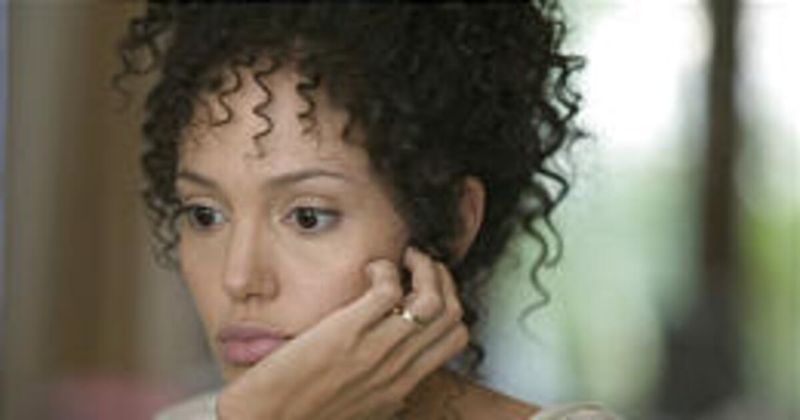
Angelina Jolie’s casting as Mariane Pearl, a woman of Afro-Cuban-Dutch descent, in A Mighty Heart raised serious eyebrows. My film professor pointed out that while Jolie wore darkened makeup and a curly wig to match Pearl’s appearance, the choice to cast her instead of an actress who shared Pearl’s heritage was problematic.
Interestingly, Pearl herself approved Jolie for the role, which added a layer of complexity to the controversy. The film tells the powerful story of journalist Daniel Pearl’s kidnapping and murder.
This case highlights the gray areas in representation debates, where good intentions and personal approval clash with broader concerns about opportunity and authenticity.
8. Tom Cruise’s Teenage Risky Business
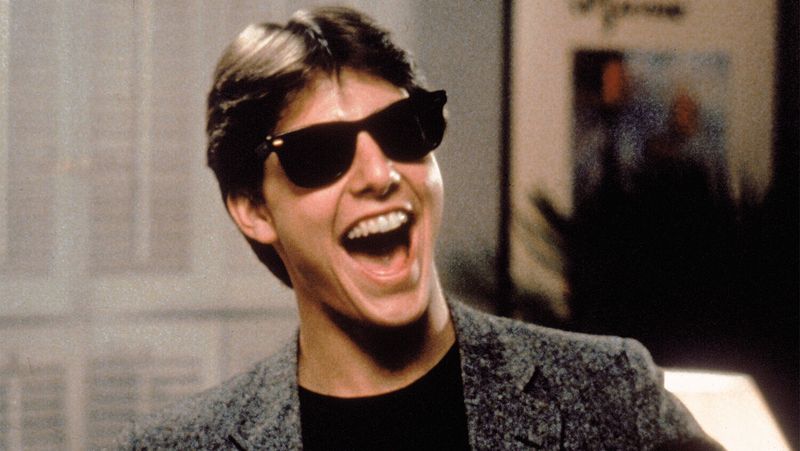
Remember that iconic scene where Tom Cruise slides across the floor in his underwear? What my teenage self missed was how problematic the entire premise of Risky Business actually is.
Cruise plays Joel Goodson, a high schooler who turns his parents’ home into a brothel, essentially becoming a teenage pimp. The film treats sex work casually and glorifies a minor engaging in adult activities.
While celebrated as a coming-of-age comedy in the 80s, today this plot would face intense scrutiny for its cavalier treatment of prostitution, underage sexuality, and the objectification of women. The film’s breezy tone about serious issues wouldn’t fly in today’s climate.
9. Jennifer Lawrence’s Debated Katniss
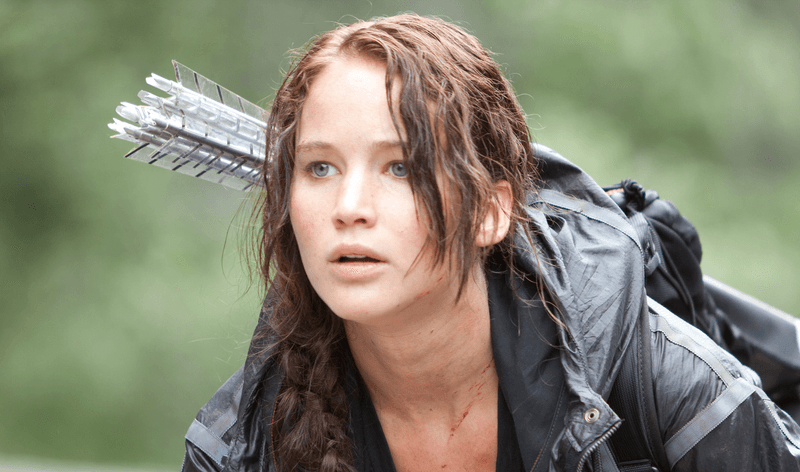
My Hunger Games-obsessed niece was the first to point out that Katniss Everdeen is described in the books as having “olive skin” and “straight black hair” – physical traits that don’t exactly match Jennifer Lawrence. Many readers interpreted Katniss as being of mixed race or having darker skin than Lawrence.
The casting sparked debates about whether Hollywood had whitewashed the character. Some fans argued that Suzanne Collins’ descriptions were deliberately ambiguous to allow readers to identify with Katniss.
While Lawrence’s performance was widely praised, this controversy highlights how book-to-film adaptations often default to white actors even when the source material suggests diverse characters.
10. Ben Kingsley’s Gandhi Complexity
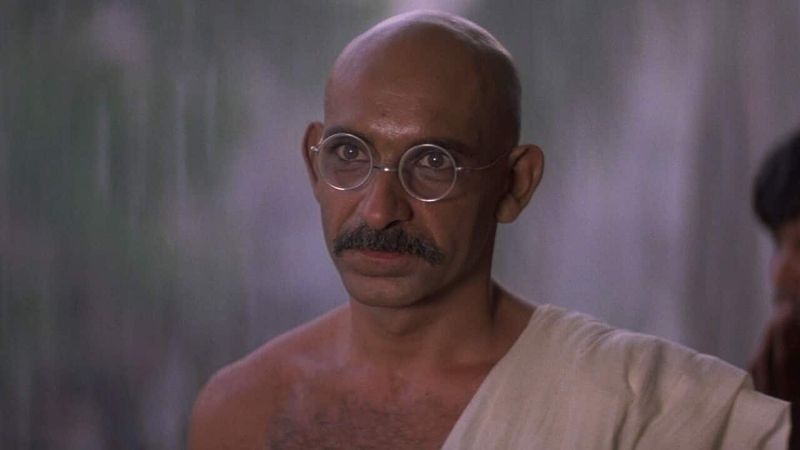
Sir Ben Kingsley’s Oscar-winning portrayal of Mahatma Gandhi creates a fascinating conundrum. Born Krishna Pandit Bhanji to an English mother and a father of Gujarati Indian descent, Kingsley does have Indian heritage, yet he was primarily known as a British actor.
His performance is universally acclaimed for its depth and authenticity. However, today’s audiences might question why a fully Indian actor wasn’t cast in this pivotal role representing such an important historical figure.
This case illustrates how casting standards have evolved. While Kingsley’s partial Indian ancestry might have seemed sufficient in 1982, today’s calls for authentic representation would likely demand an actor with stronger ties to Indian culture.
11. Tilda Swinton’s Ancient One Gender-Race Swap
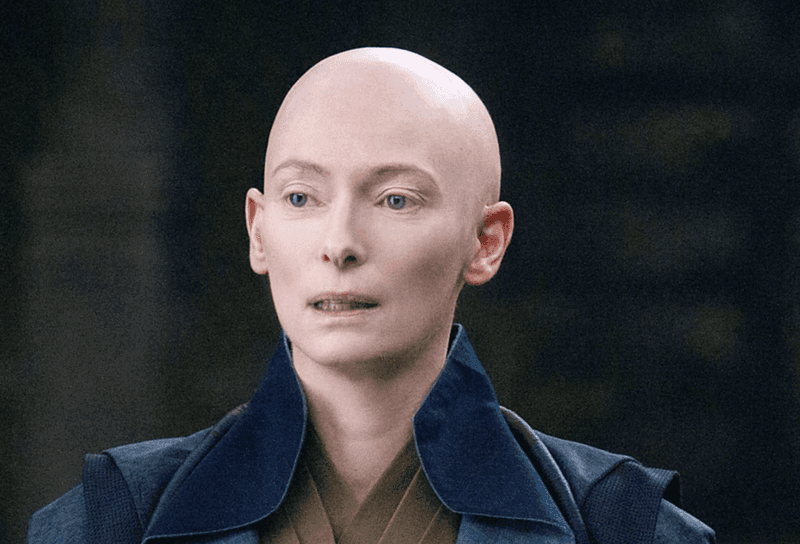
Marvel’s decision to cast Tilda Swinton as The Ancient One in Doctor Strange left me thoroughly confused. In the comics, this character is an elderly Asian man from Tibet – about as far from Swinton’s identity as possible!
The studio claimed they were avoiding Tibetan stereotypes and political issues with China. They also pointed to gender-swapping the role as progressive.
This bizarre justification highlighted Hollywood’s tendency to solve one representation problem by creating another. By avoiding potential stereotyping of Asian characters, they eliminated an Asian character altogether – a perfect example of how even well-intentioned changes can backfire spectacularly.
12. Johnny Depp’s Problematic Tonto
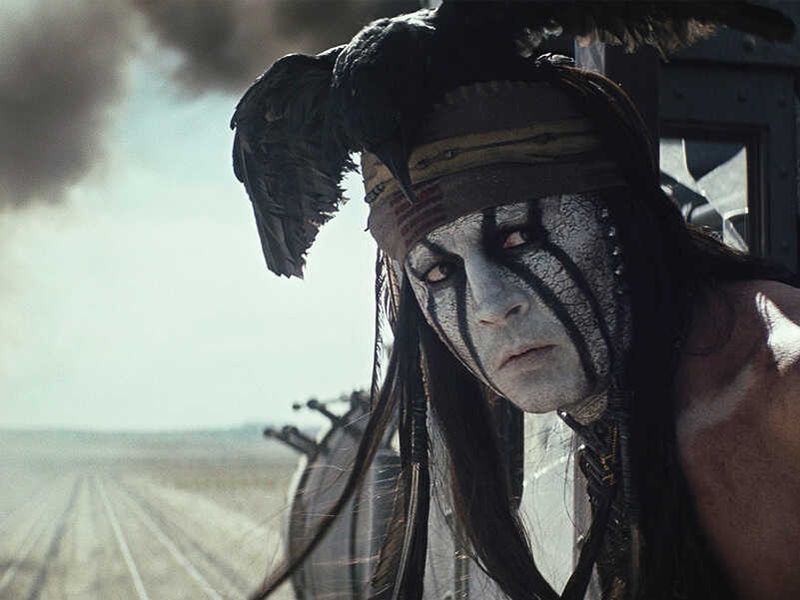
Johnny Depp’s turn as Tonto in The Lone Ranger made me physically cringe in the theater. With white face paint, a dead crow on his head, and broken English, Depp created a character based on bizarre stereotypes rather than authentic Native American culture.
Depp claimed some Cherokee heritage and received symbolic adoption by the Comanche Nation. These connections didn’t prevent widespread criticism from Native American groups who saw the portrayal as deeply offensive.
The film bombed spectacularly, losing Disney millions. This disaster proved that audiences were growing increasingly uncomfortable with white actors appropriating indigenous identities, especially when played as cartoonish caricatures.
13. Jim Sturgess Leading a True Asian-American Story

The movie 21 completely blindsided me when I learned it was based on a true story about a group of predominantly Asian-American MIT students who beat casinos through card counting. Yet somehow, the film features Jim Sturgess, a white British actor, as the lead.
Only two Asian-American actors were cast in significant roles, despite the real-life team being mostly Asian-American. The filmmakers claimed they needed stars with “international appeal” – code for white actors.
This whitewashing of a true story robbed Asian-American actors of roles literally written for them and erased an important aspect of the actual events. The controversy exemplifies Hollywood’s historical erasure of Asian achievements.
14. Matt Damon’s Great Wall Savior Complex
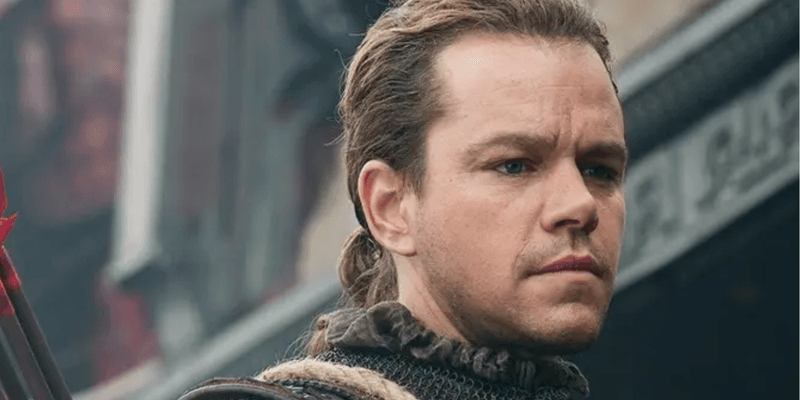
When I first saw trailers for The Great Wall featuring Matt Damon as the hero in ancient China, I audibly groaned. The film positioned a white American actor as the savior in a story about one of China’s most iconic landmarks.
Despite being directed by acclaimed Chinese filmmaker Zhang Yimou, the movie fell into the classic “white savior” trope. Damon plays a European mercenary who helps the Chinese army defeat monsters attacking the Great Wall.
The backlash was swift and justified. This big-budget Chinese-American co-production missed a golden opportunity to showcase Chinese history and mythology through authentic Chinese characters rather than centering a white outsider.
15. Cameron Diaz’s Questionable Period Role
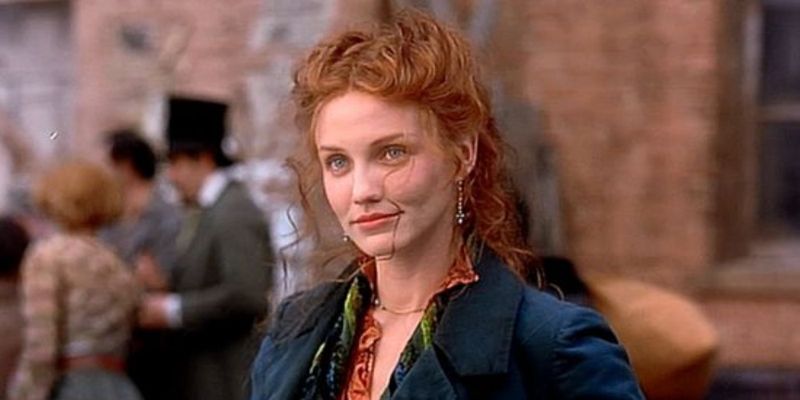
Cameron Diaz’s portrayal of Jenny Everdeane in Gangs of New York flew under my radar until recently. Her character is a pickpocket and prostitute in 1860s New York, depicted in ways that now seem exploitative.
The film treats her profession casually and uses her primarily as a love interest caught between two male characters. Her backstory involves being sold to a brothel as a child – a trauma the film doesn’t adequately address.
While period-accurate, today’s filmmakers would likely approach such a character with more nuance and agency. Modern audiences expect more thoughtful portrayals of sex workers, especially in historical contexts where exploitation was rampant.
16. Sean Connery’s Hypothetical Mr. Miyagi
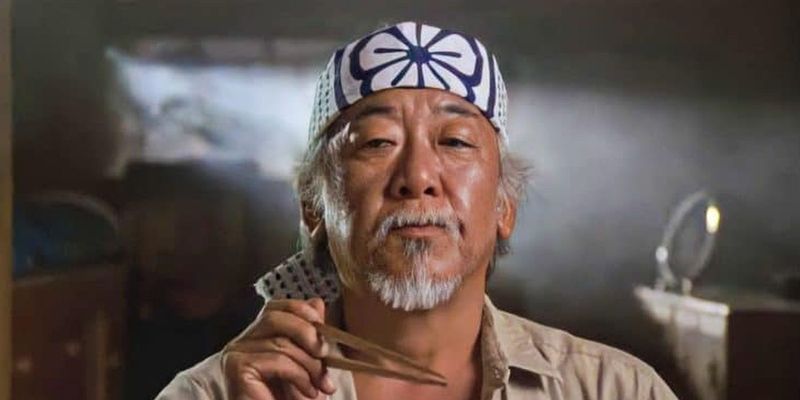
While Sean Connery never actually played Mr. Miyagi, the mere suggestion makes me shudder! Rumor has it that producers initially considered casting a non-Asian actor in the role that ultimately went to Pat Morita in The Karate Kid.
Imagining Connery attempting a Japanese accent while teaching “wax on, wax off” perfectly illustrates how normalized whitewashing once was. Morita’s authentic and Oscar-nominated performance proved the value of appropriate casting.
This hypothetical scenario serves as an important reminder of how many iconic roles might have been whitewashed if not for changing attitudes. It also highlights how crucial Pat Morita’s casting was to the film’s success and cultural impact.
17. Natalie Wood’s West Side Story Transformation
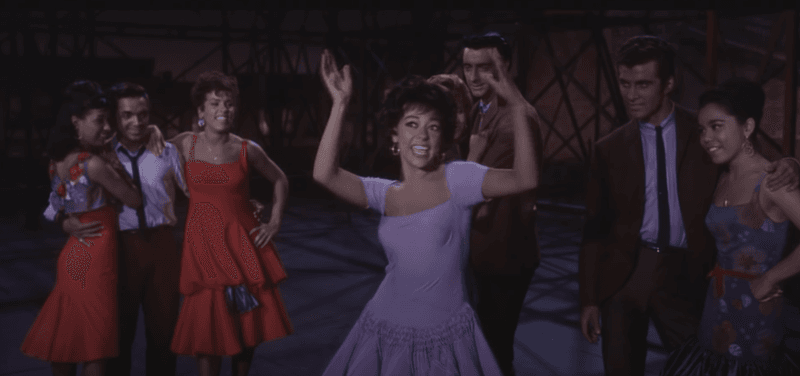
Watching West Side Story as a kid, I had no idea Natalie Wood wasn’t Puerto Rican. The actress, of Russian descent, played Maria – a Puerto Rican character central to the story’s exploration of ethnic tensions.
Wood’s skin was darkened with makeup, and her accent was inconsistent at best. Meanwhile, many actual Puerto Rican actors were relegated to background roles.
The irony is painful: a film explicitly about racial prejudice engaged in its own form of discrimination through casting. The 2021 remake addressed this by casting Colombian-American actress Rachel Zegler as Maria, demonstrating how Hollywood can learn from past mistakes when given the chance.
18. Marlon Brando’s Okinawan Caricature
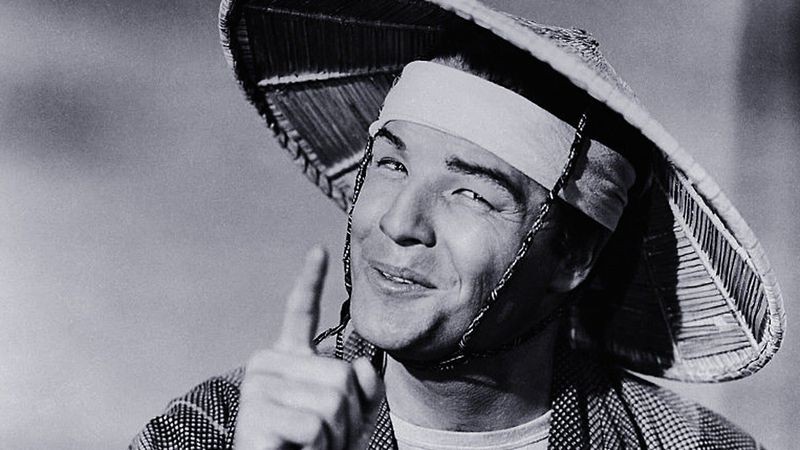
Marlon Brando’s yellowface performance in The Teahouse of the August Moon haunted my film studies nightmares. Brando, one of Hollywood’s greatest actors, wore prosthetics to alter his eyes, darkened his skin, and adopted a stereotypical accent to play Sakini, an Okinawan interpreter.
The film attempts a sympathetic portrayal of Okinawan culture but undermines this through its casting choices. Brando’s performance, while technically skilled, relies on physical exaggeration and stereotypes.
What’s particularly troubling is how such performances denied opportunities to actual Asian actors during an era when roles for them were already severely limited. This casting choice epitomizes Hollywood’s history of cultural appropriation.
19. Katharine Hepburn’s Chinese Farmer Transformation
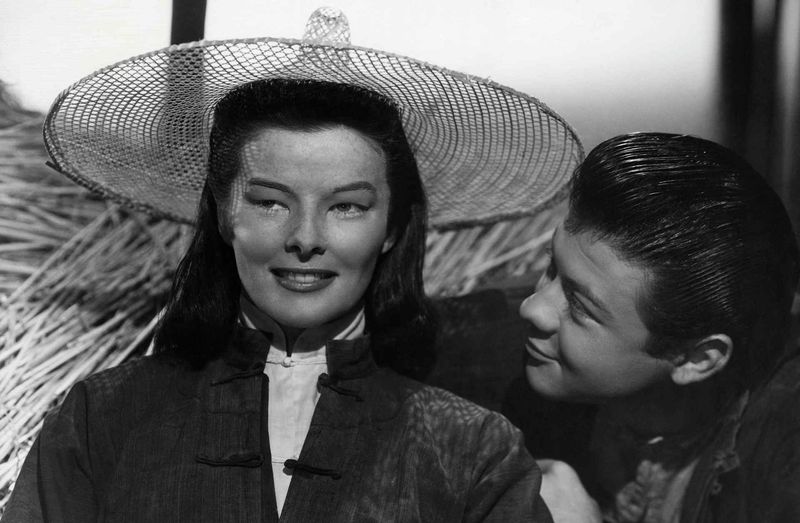
My grandmother’s favorite actress, Katharine Hepburn, starred in one of Hollywood’s most egregious examples of yellowface. In Dragon Seed, Hepburn plays Jade Tan, a Chinese farmer who leads her village in resistance against Japanese invaders.
The film used tape to create “Asian eyes” and makeup to alter her appearance. Despite the film’s anti-fascist message, its execution relied entirely on offensive stereotypes.
The entire main cast consisted of white actors in yellowface, despite the availability of Asian-American actors. This 1944 film represents a time when even progressive Hollywood figures participated in racially insensitive practices that would be immediately condemned today.
20. Elizabeth Taylor’s Egyptian Queen Controversy
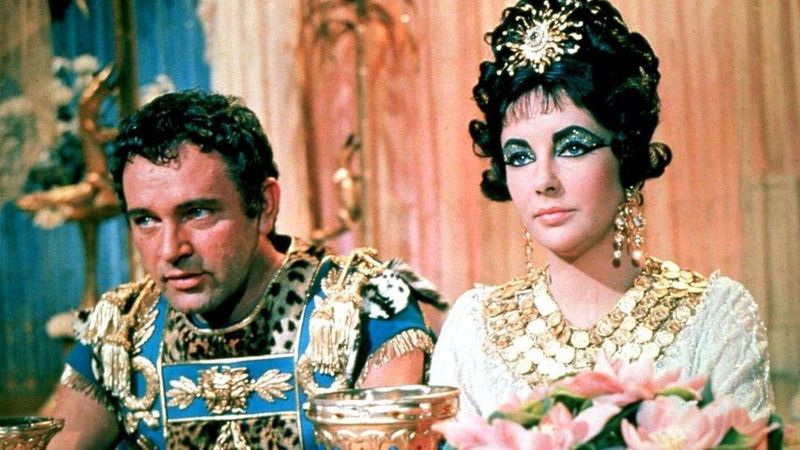
Elizabeth Taylor’s violet eyes captivated audiences as Cleopatra, but her casting sparked debates that continue today. Growing up, I always pictured Cleopatra as Taylor portrayed her – essentially as a white woman with exotic makeup.
Historians debate Cleopatra’s exact ethnicity, as she was of Macedonian Greek descent but born in Egypt. Many scholars believe she likely had mixed heritage including Egyptian, Greek, and possibly other ancestry.
The controversy extends beyond Taylor to Hollywood’s long tradition of casting white actors as historical figures of color. This iconic role represents the complex conversations about historical accuracy, representation, and the whitewashing of history in popular culture.
21. Alec Guinness’ Arab Prince Portrayal
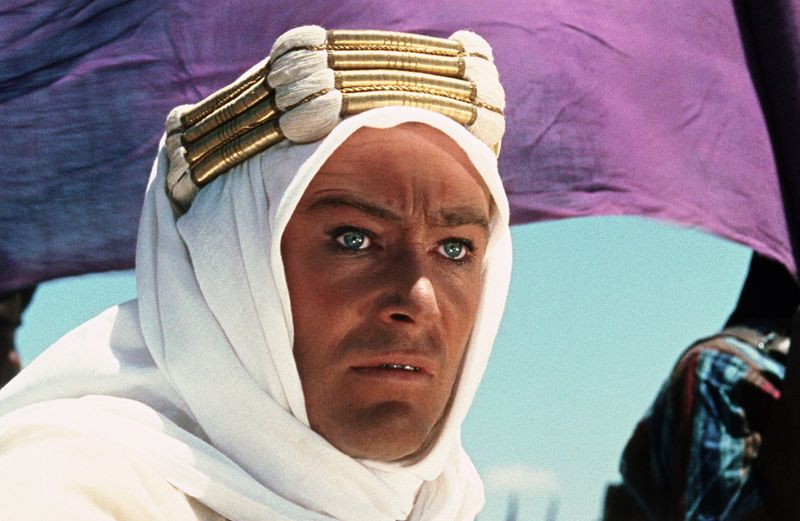
Before becoming Obi-Wan Kenobi, Alec Guinness darkened his skin and wore a fake beard to play Prince Faisal in Lawrence of Arabia. My film professor pointed to this role as a classic example of Hollywood’s casual approach to ethnic casting.
The film is considered a masterpiece, but its treatment of Arab characters hasn’t aged well. While Omar Sharif, an Egyptian actor, played a significant role, the decision to cast Guinness as a historical Arab figure reflects the industry’s problematic practices.
What’s particularly striking is how the film simultaneously humanizes Arab characters while denying Arab actors the opportunity to play their own historical leaders. This contradiction exemplifies Hollywood’s complex relationship with representation.
22. Mickey Rooney’s Yellowface Legacy
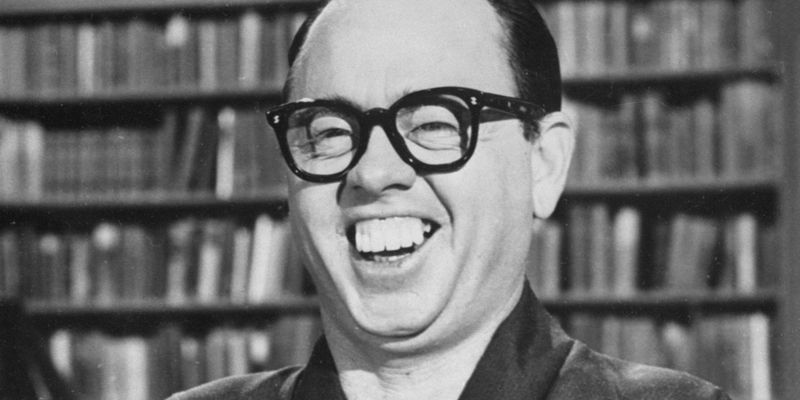
I’m ending where we began because Mickey Rooney’s Mr. Yunioshi deserves special mention as perhaps the most notorious example of offensive casting in Hollywood history. Director Blake Edwards later expressed regret, calling the portrayal “horrible” and “a bad joke.”
The character appears in an otherwise sophisticated film, making the contrast even more jarring. Rooney later claimed he would have never taken the role if he’d known it would offend people.
This performance has become a textbook example used in film schools to illustrate changing standards of representation. Its continued presence in an otherwise beloved classic serves as a painful reminder of Hollywood’s insensitive past and the importance of authentic representation.
